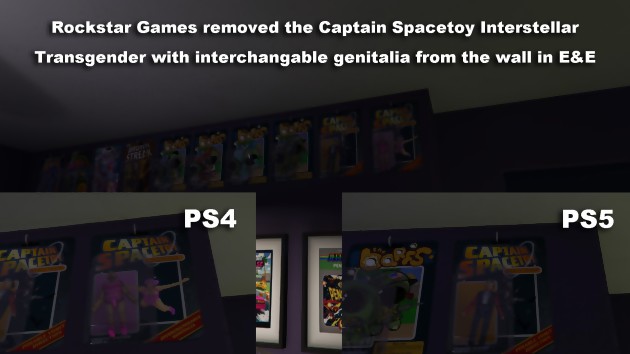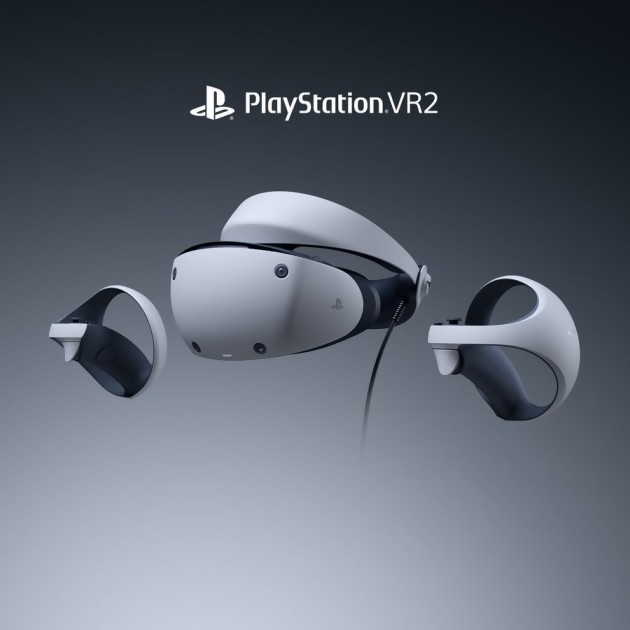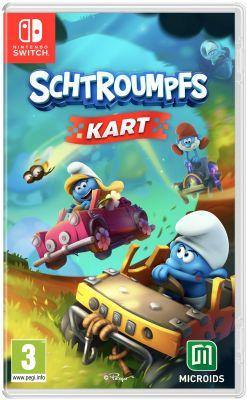 The first contact with the game is quite abrupt since the main screen gives us an odious "Press a key". Fortunately, this huge shell is in no way representative of the overall quality of the game or even that of the localization. We did not find any other errors in the menus or the subtitles, which is rather good since the presence of only Japanese voices requires a little reading. If this absence of French or English dubbing would constitute a real defect in other games, it stems here from the bias of the developers, who above all wish to immerse us in the feature films of samurai from the 50s. And from this point of view view, the success is total! If the voices, the sound effects and the music inevitably evoke the land of the Rising Sun and the films associated with it, the visuals still take the lion's share of the matter. The sets made of torii gates and wooden dwellings effectively transcribe the Japanese and feudal atmosphere, while the artistic direction plays the cinematographic card to the full.
The first contact with the game is quite abrupt since the main screen gives us an odious "Press a key". Fortunately, this huge shell is in no way representative of the overall quality of the game or even that of the localization. We did not find any other errors in the menus or the subtitles, which is rather good since the presence of only Japanese voices requires a little reading. If this absence of French or English dubbing would constitute a real defect in other games, it stems here from the bias of the developers, who above all wish to immerse us in the feature films of samurai from the 50s. And from this point of view view, the success is total! If the voices, the sound effects and the music inevitably evoke the land of the Rising Sun and the films associated with it, the visuals still take the lion's share of the matter. The sets made of torii gates and wooden dwellings effectively transcribe the Japanese and feudal atmosphere, while the artistic direction plays the cinematographic card to the full.
From the launch logos to the end credits, the entire game takes place in a very elaborate black and white. Grainy filters, tremors and film crackling effects add an aged and dirty aspect to the image, in order to please the most cinephiles among us.

From the launch logos to the end credits, the entire game takes place in a very elaborate black and white. Grainy filters, tremors and film crackling effects add an aged and dirty aspect to the image, in order to please the most cinephiles among us. The same goes for the staging, which multiplies the daring framing, the different shot values and the depth of field effects. But the greatest graphic achievement certainly comes from light management. Whether it's the scenes featuring the fire, the moon, or the washi paper walls, the play of light and shadow is absolutely stunning. In a more prosaic way we can still note some somewhat dated effects during certain close-ups, but all the wide shots are really worth the detour and prove to be up to the height of the most successful cinema scenes. As for the screenplay, it also incorporates the codes of the samurai films of yesteryear since it is based on a story of revenge. After seeing his master being murdered by bandits in his childhood, the hero Hiroki will once again face the rogues once he reaches adulthood. The adventure still takes a supernatural turn after a while, so as not to go around in circles too much. No need to scream at the spoiler, since the very title of the game refers to it, Yomi designating the world of the dead in Shinto mythology.
WAY OF THE SAMURAI
 The combat system is rich enough to appeal to technical enthusiasts, and sufficiently permissive to remain accessible. On a basis of fast or strong blow are grafted various combos, which allow among other things to approach an attack from above or below, to perform devastating about-faces or even swapping parries. Dodge Roll, Extended Block, and Instant Parry are also included. Easy to place, blocking consumes a lot of stamina and therefore ends up leaving us defenseless, while parrying exactly when a gleam appears on the enemy's weapon allows on the contrary to place counterattacks and even to regain health. Shrines scattered in the scenery serve as save points and restore full health and stamina. Finally, three ranged weapons, with relatively rare ammunition, are available: the fast bo-shurikens, the bow, and the very slow ozutsu portable cannon. The katana is still the star of the show, and to emerge victorious from the clashes, it is above all important to learn the attacks of the enemies, to find the right timing, and to better manage the crowds when you find yourself "encircled ". The quotation marks here reflect the fact that, even if the graphics are in 3D, the fights always take place in profile view. The exploration allows itself more varied angles, the camera even going to stay behind the hero's back on rare occasions.
The combat system is rich enough to appeal to technical enthusiasts, and sufficiently permissive to remain accessible. On a basis of fast or strong blow are grafted various combos, which allow among other things to approach an attack from above or below, to perform devastating about-faces or even swapping parries. Dodge Roll, Extended Block, and Instant Parry are also included. Easy to place, blocking consumes a lot of stamina and therefore ends up leaving us defenseless, while parrying exactly when a gleam appears on the enemy's weapon allows on the contrary to place counterattacks and even to regain health. Shrines scattered in the scenery serve as save points and restore full health and stamina. Finally, three ranged weapons, with relatively rare ammunition, are available: the fast bo-shurikens, the bow, and the very slow ozutsu portable cannon. The katana is still the star of the show, and to emerge victorious from the clashes, it is above all important to learn the attacks of the enemies, to find the right timing, and to better manage the crowds when you find yourself "encircled ". The quotation marks here reflect the fact that, even if the graphics are in 3D, the fights always take place in profile view. The exploration allows itself more varied angles, the camera even going to stay behind the hero's back on rare occasions.
The term exploration also deserves to be nuanced since the detours to reach ammunition, health and endurance improvements, or even collectables never take us more than a few seconds away from the main path. And that's good, even if fans of open worlds may be grumpy. On our side, as light as it is, this search for collectables seemed to us to come into contradiction with the emotion supposed to be aroused by certain scenes. Hearing civilians dying or mourning their dead... and still going in search of a little bonus possibly hidden in the corner is almost cognitive dissonance. In terms of criticisms, we can also cite a few paths that are difficult to discern (black and white does not always help with visibility, it must be admitted) and a lifespan limited to five or six hours. In absolute terms, this is not necessarily a problem for a game of this genre, but this brevity also comes with a certain lack of content. The environmental "kills" can be counted on the fingers of one hand, and the rare puzzles are all based on the same principle. A little too shy, the adventure therefore struggles to really renew itself and relies a little too much on its atmosphere and its fights. But these two aspects being highly pleasing, the final balance is more than positive!
The Dailymotion player is loading...


























